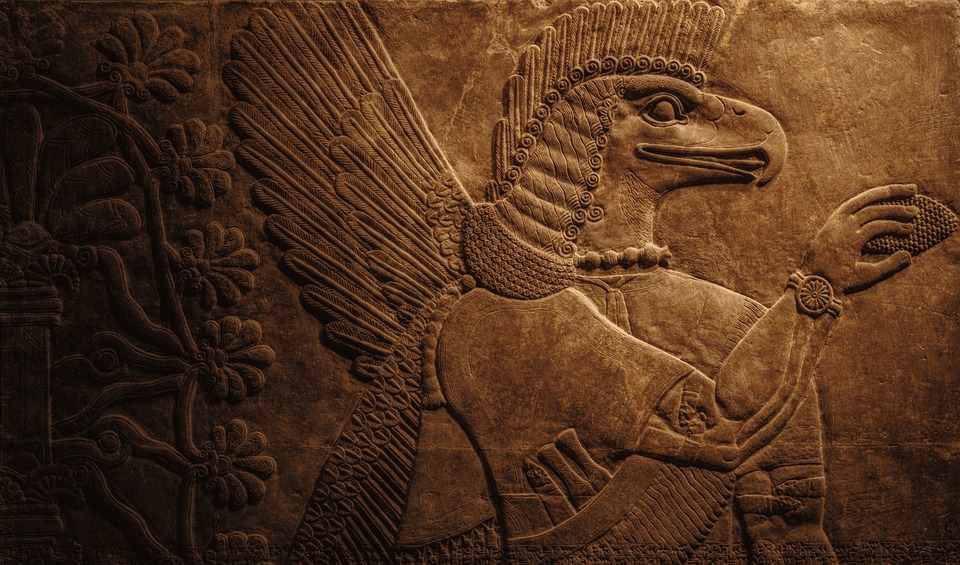
The Beat Generation was a literary movement that emerged in the United States in the 1950s. It was characterized by its rejection of mainstream culture and its emphasis on spontaneous, unstructured writing. The movement was led by a group of writers who were disillusioned with post-World War II society and sought to create a new, more authentic form of art that reflected their personal experiences and emotions. This essay will explore the cultural significance of the Beat Generation and how their works influenced American literature and art.
The Beat Generation was born out of a sense of dissatisfaction with the mainstream culture of the 1950s. The writers who led the movement were disillusioned with the conformity and materialism of post-World War II society. They rejected the values of their parents’ generation and sought to create a new, more authentic form of art that reflected their own experiences and emotions. The movement was characterized by its rejection of traditional literary forms and its emphasis on spontaneous, unstructured writing.
One of the most significant works of the Beat Generation was Jack Kerouac’s novel On the Road, which was published in 1957. The novel was a semi-autobiographical account of Kerouac’s travels across the United States with his friend Neal Cassady. It was written in a stream-of-consciousness style that reflected the free-flowing nature of the Beat lifestyle. On the Road was a significant departure from traditional literary forms, and it helped to establish the Beat Generation as a major force in American literature.
Another important writer of the Beat Generation was Allen Ginsberg, whose poem “Howl” was published in 1956. The poem was a scathing critique of post-World War II America and its conformity and materialism. It was also a celebration of the Beat lifestyle and its rejection of mainstream values. “Howl” was considered scandalous at the time of its publication because of its frank depictions of drug use and sexuality, but it went on to become one of the most important works of American poetry of the 20th century.
The works of the Beat Generation had a significant influence on American literature and art. One of the most significant ways in which the Beat writers influenced American culture was through their rejection of traditional literary forms. The Beats sought to create a new, more authentic form of art that reflected their own experiences and emotions. This rejection of tradition helped to pave the way for the emergence of other countercultural movements in the 1960s and beyond.
The Beats also influenced American literature through their use of language. They rejected the formal, academic language of traditional literature in favor of a more colloquial, spontaneous style. This style helped to make literature more accessible to a wider audience and helped to break down the barriers between “high” and “low” culture.
The works of the Beat Generation also had a significant influence on American art. The Beats rejected traditional art forms in favor of a more spontaneous, intuitive approach. This approach was reflected in the work of artists such as Jackson Pollock and Willem de Kooning, who sought to capture the energy and vitality of the moment in their paintings.
The Beat writers also had a significant influence on the emerging counterculture of the 1960s. The Beats rejected mainstream values and sought to create a new, more authentic form of art and culture. This rejection of tradition helped to pave the way for the emergence of other countercultural movements in the 1960s, such as the hippie movement.
In conclusion, the Beat Generation was a significant literary movement that emerged in the United States in the 1950s. The movement was characterized by its rejection of mainstream culture and its emphasis on spontaneous, unstructured writing. The works of the Beat writers had a significant influence on American literature and art, helping to pave the way for the emergence of other countercultural movements in the 1960s and beyond. The Beats’ rejection of traditional literary forms and language helped to make literature more accessible and helped to break down the barriers between “high” and “low” culture. Their influence extended beyond the literary world and into the emerging countercultural movements of the 1960s, helping to shape American culture in the decades to come.
One of the most significant contributions of the Beat writers was their focus on personal experience and emotion. They rejected the objective, detached approach of traditional literature in favor of a more subjective, personal approach. This helped to give voice to marginalized groups and individuals and helped to create a new, more diverse literary culture in America.
The Beat Generation also had a significant impact on American music. Musicians such as Bob Dylan, The Beatles, and The Doors were influenced by the Beats’ rejection of traditional forms and their focus on personal experience and emotion. The music of these artists helped to shape the sound of the 1960s and contributed to the emergence of the counterculture.
In conclusion, the Beat Generation was a significant cultural movement that emerged in the United States in the 1950s. The Beats’ rejection of mainstream culture and traditional literary forms helped to pave the way for the emergence of other countercultural movements in the 1960s and beyond. Their focus on personal experience and emotion helped to create a new, more diverse literary and artistic culture in America. The influence of the Beat Generation can still be seen in American culture today, and their legacy continues to inspire new generations of writers, artists, and musicians.







